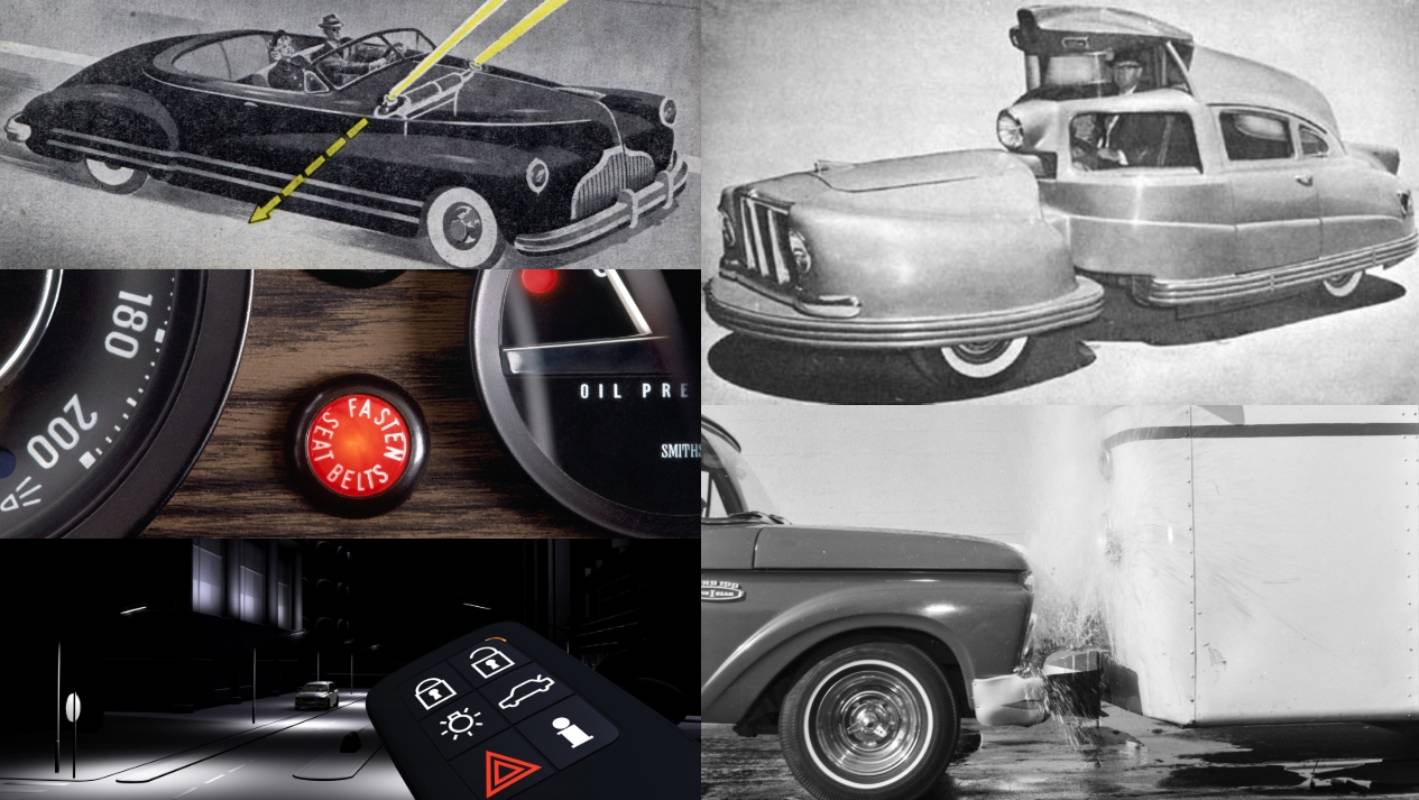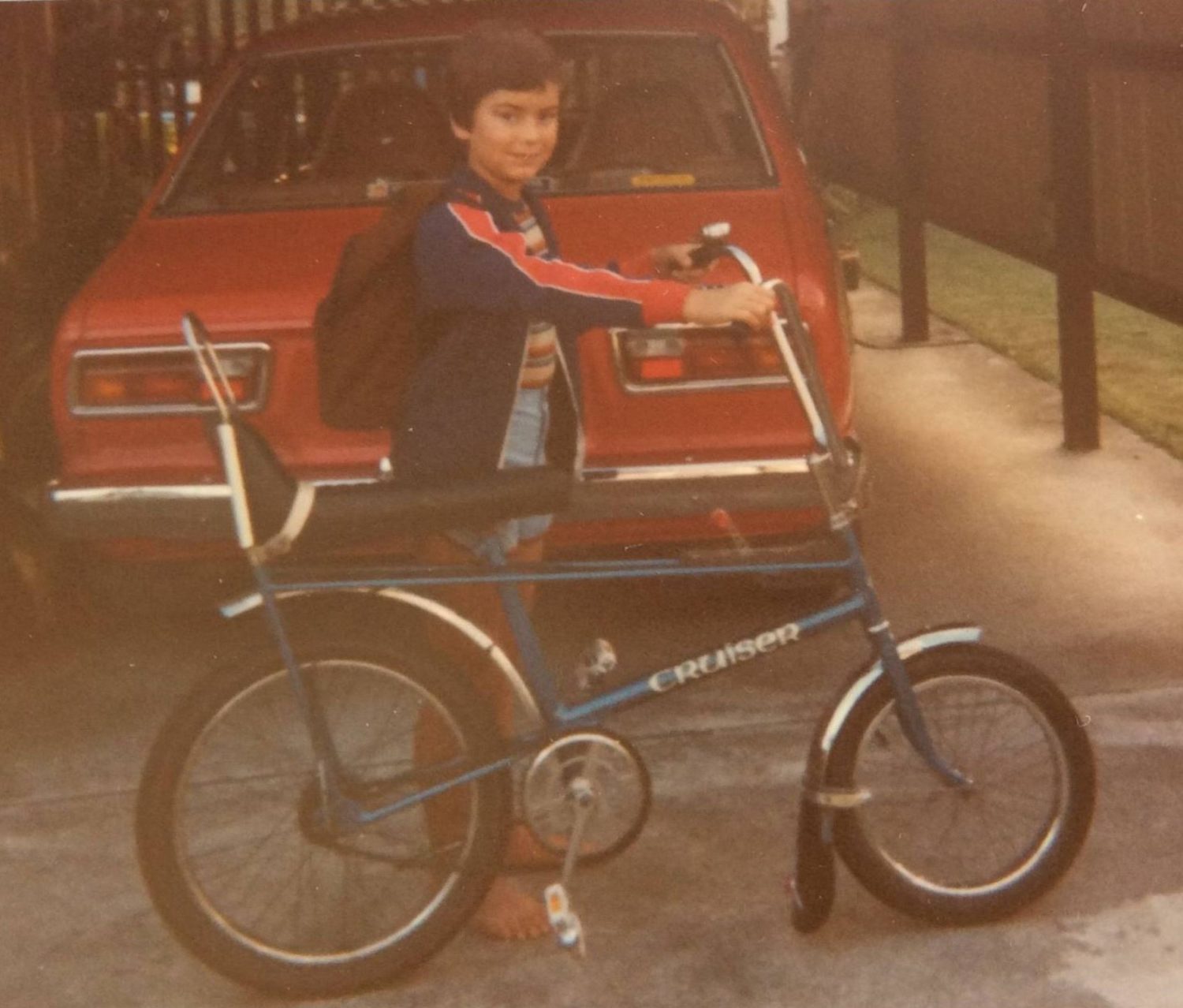Safety is big business these days, with car manufacturers all pushing the boundaries of what we thought possible in car safety systems. Today we have cars that can keep themselves in a lane, brake better than you in an emergency, deploy mitigation systems in the blink of an eye in the event of an accident and even almost drive themselves.
But safety innovations don’t always catch on – here are five from the past that didn’t.
Heartbeat sensor
Back in 2006 Volvo came over all paranoid and unveiled a feature that would send you an alert on the keyfob if sensors detected a heartbeat inside your car as you approached it. Yes, really.
Volvo even pushed it in America as something for people so paranoid they thought that hordes of murderers were roaming the streets and somehow getting into their locked car and hiding in the back seat to get them, forgetting that Americans all have guns for that same reason.
The fact that this didn’t catch on hasn’t stopped Hyundai reviving the idea in the latest Santa Fe SUV though, this time using motion sensors and positioning it for people so forgetful or distracted that they might leave a pet or sleeping child in the back.
Rocket brakes

Elon Musk may have revived this (possibly mad, possibly genuis) idea in one of his wild Twitter promises about the Tesla Roadster featuring small rocket thrusters to help it corner and stop, but it has been tried before.
In 1946 the Allegany Ballistics Laboratory in Maryland, USA tested a Jeep with rocket thrusters attached to its front end at an upward-facing 45 degree angle and found that they could halve the braking distance.
Of course, this did involve an amount of highly combustible rocket fuel to be stored in the car and the stop was reported to be somewhat brutal, however development of the idea did progress, although it never made it to a production car. Yet, that is.
Water-filled bumpers
Seemingly ridiculously chunky and ungainly things when you first look at them, water-filled bumpers probably should have caught on (with a bit more refinement in the design department), largely due to their incredible effectiveness at mitigating damage in low-speed parking impacts.
A man named John Rich came up with the idea and actually produced and sold simple bolt-on water-filled bumpers in the 1960s and his grandson tells the story of demonstrations that included a volunteer actually sitting in the boot of a car with his legs dangling down over the bumper and being hit at 15mph by another car with the bumpers and “hardly suffering any bruising”.
Seat belt interlock
In 1973 the US government passed a law that required all new cars to be fitted with an interlock that would not allow a car to start if the driver and front seat passenger weren’t buckled in.
While it proved to be wildly successful in improving seatbelt use, the law was eliminated the following year.
Why? Consumers hated it with a passion.
It seemed that American drivers would literally rather die than have their car tell them what to do and following a huge wave of complaints to Congress, the law was scrapped and all we have had since was an annoying chime that nags us to belt up instead.
Safety turret

The one-off Sir Vival (see what they did there?) safety car designed and built by Walter Jerome packed some pretty advanced safety ideas into a horrifyingly ugly package, but the one that arguably stood out the most was the driving position that saw the driver in the centre of the car (just like the McLaren F1), raised around 400mm above the passengers in a “turret” that provided almost 360 degree visibility.
It didn’t catch on because the car was also horrifyingly expensive (US$10,000 at a time that a Cadillac cost US$5,000) and the safety turret was insanely complex – it couldn’t have conventional windscreen wipers, so the entire glass section rotated so that it could be cleaned by felt wipers mounted to the body.


